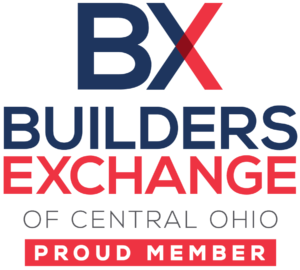It’s just a fact that employers, especially those in highly competitive industries, must have a striking benefits package to remain competitive in attracting and retaining the best employees. You probably spend a great deal of time and money providing your employees with an attractive benefits package, but do they actually appreciate what you’ve invested? Do they even have the slightest idea of how much it costs you to provide them with it?
Sadly, most employers will find that their employees have no idea what they invest in providing good benefits. In fact, a number of surveys have shown that most employees vastly underestimate how much their employer contributes toward their benefits. These surveys also typically find that employees tend to have a negative attitude about the benefits their employer offers. Most employees tend to focus more on elements like cost-sharing methods and uncomfortably rising premiums.
The good news is that most employees don’t have this attitude because they’re ungrateful, but rather because they really just don’t realize how much it costs you to provide them with their benefits. Considering you want and need a return on such a major investment, you are left with figuring out how to better educate your employees on your side of the story. There are actually several low to no-cost ways that you can tell your story and help employees better appreciate their benefits.
Give Employees a Total Pay Statement. If you asked your employees to write down their total compensation, they’d probably write down their gross income. Even though what you pay toward an employee’s benefits makes up a substantial portion of what you’re paying to keep them, an employee rarely considers what you’re paying toward their benefits as compensation.
You can illustrate the value of total compensation by breaking it down into various parts with a total pay statement chart. You can outsource for custom total pay statements or do it yourself with a spreadsheet application. Either way, make sure to include any other compensation perks, such as employer-paid license fees, tuition reimbursement, on-site childcare, and so forth.
Include Cost as Part of Your Benefits Education. Most employers, whether it is during orientation for new employees or during annual enrollment periods, will provide at least one setting for employees to learn about their benefits. Employers shouldn’t miss out on the opportunity to also emphasize the value of the benefits being offered and to remind employees that benefits are part of their total compensation. Even if your insurance carrier will be conducting the training, you can always ask your representative to at least mention the total cost of benefits; what you, the employer, pays; and then the portion that the employee pays.
Consider Adding some Perks. Quantity, in having additional choices, can be just as important to employees as quality. Once you look at your benefits package, it might not seem attractive enough, or you might just want to add some additional incentives to help your employees see that their relationship with your business is valuable. Voluntary benefits and other perks like gym discounts, community service days, discounted pet insurance, and so forth have little, if any, cost to you. Keep in mind that adding choices, even if those choices involve 100% employee payment, can increase how much your employees appreciate their benefits. Your insurance agent can help you determine what voluntary benefits best suit the needs of your workplace.
In closing, it will be impossible for you to capitalize on your investment in benefits if your employees don’t appreciate what you’ve invested and what they’ve gained. Remember that it doesn’t take much effort to find out how your employees view their benefits. When benefits are being perceived poorly, it can be relatively inexpensive to make improvements.





